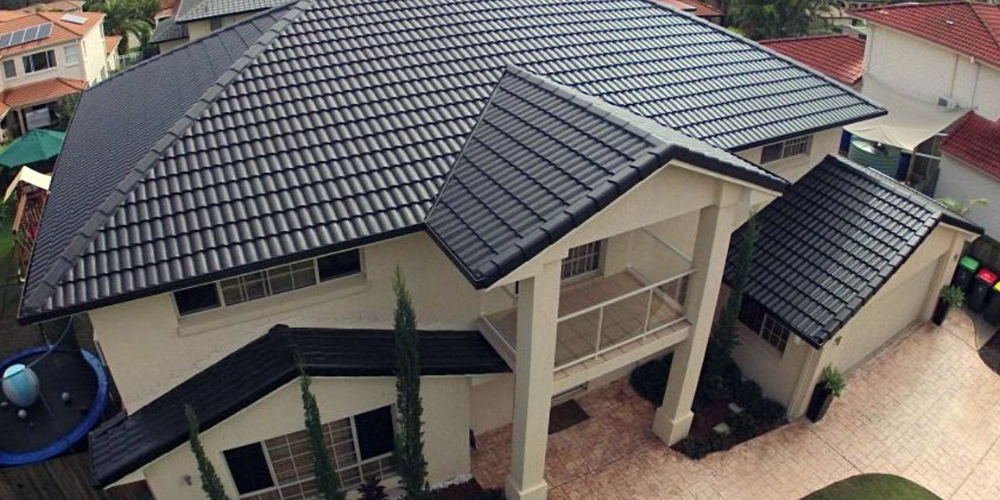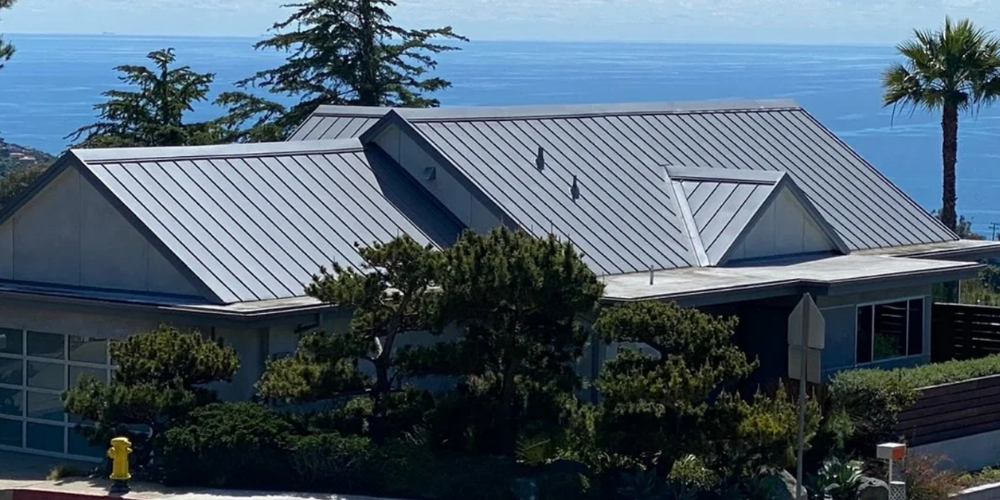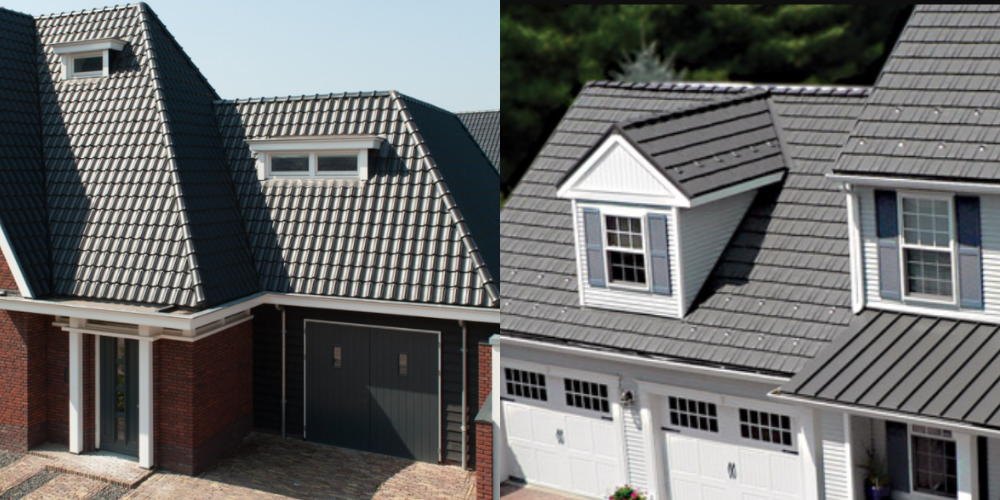Tiled Roof Vs Metal Roof, Which Is Better?
A robust, long-lasting, and energy-efficient roof will protect your family from severe rains, snow, flying debris, and the burning heat of the Sun. It may also help you save money by lowering your energy bills, as well as your maintenance, repair, and replacement expenses. Furthermore, an aesthetically beautiful roof will boost your home’s market value, making it easier to sell than a property with a dull-unimpressive roof.
Throughout history, people have utilised almost every material known to construct and maintain roofs. Mud, mud bricks, thatching, slate, earth, hides, wooden tiles, terracotta, concrete, shingles, and, of course, various metals.
In Australia, most residential dwellings have two roofing options: tiles, or metal. The debate over which is better, more affordable, and looks better has raged almost since these three kinds of roofs were erected on houses, and numerous distinct variables contribute to why individuals select one over the other.
We’ve tried to offer you a breakdown of everything you need to think about if you’re considering replacing your roof and switching from tile to metal, or metal to tile.
Tile Roof vs. Metal Roof
Choosing a roof for your Melbourne home, whether metal or tile, is a matter of personal taste. However, key criteria must be considered when determining which material would most likely function well. These elements include your location, the weather in your region, and your budget. Fortunately, there are many different kinds and kinds of roofing materials accessible today.

Design And Aesthetics
Concrete tiles seem quite similar to terracotta tiles, and if you picked ten people off the street, nine out of ten of them probably wouldn’t be able to tell the difference if they were side by side on a roof. Because of modern manufacturing processes, concrete tiles are available in a wide range of forms and sizes, as well as a wide range of colours and designs.
Metal roofing, also known as Colorbond (the most common form of metal roofing in Australia), comes in a wide variety of colours and has a distinct appearance.
When it comes to design, it’s all about personal preference. Many individuals like the clean lines and futuristic appearance of metal roofing, while others prefer the more conventional tiled roof appearance. In the end, the design and feel of your house are all up to you.
Life Expectancy
Metal is prone to bending and denting when exposed to the environment, resulting in a shorter life duration than concrete. Metal roofs, on the other hand, may endure up to 45 years if properly maintained. Tile roofs may endure even longer than metal roofs, but the quality of the roof tile, installation, and shingles/joints all play a role.
Energy Efficiency
When it comes to energy efficiency, both metal and concrete roof tiles offer benefits. Concrete roof tile, on the other hand, helps more to managing interior temperatures and so lowering energy usage.
Maintenance
In terms of maintenance, the colour of metal roofs often fades after a few years. Metal roofing repair may also be complex and costly. This is due to the possibility of having to remove the whole sheet of metal roofing. However, with concrete roof tiles, you can always locate a set that matches the present colour of the roof tile that has to be changed.

Heating and cooling
Most homeowners value the use of reflective roofing material. While both metal and concrete roof tiles are very reflective, one is clearly better. When we study the sun’s rays and how they heat up a rooftop, we must examine how conduction helps to move heat from the top of the roof to within the attic. The sun’s heat will reflect onto the rooftop, conduct through the material, and then radiate into your attic area, generating a hotter climate inside the building, depending on the thickness of the roofing material.
Repair
A tile roof is more vulnerable to damage, whether from a storm or from individuals throwing objects at it. It is, nevertheless, less expensive to repair than a metal roof. Keeping this in mind, most metal roofs do not need a repair until they sustain significant damage. A metal roof is more expensive to repair, so it only breaks if someone shoots a hole in it, the chimney collapses on it, or a tree falls on it. In most cases, a metal roof should not need to be repaired for tens of years.
Versatility
Metal roofs may be coated and installed to seem like other kinds of roofing materials, such as wood or asphalt shingles. Metal roofs, on the other hand, do not vary as much in thickness or form, and the styles are not as varied as tile types. Concrete is well-known for its adaptability, both in terms of form and colour, as well as the many roofing designs it may be utilized for.
Cost
Because of the rising diversity, they differ greatly. Metal sheets, on the other hand, are often more costly than concrete tiles. Also, vary widely based on the tiles used. Concrete is noted for its diversity in look, which may have a significant impact on cost depending on the kind of tiles used.
Conclusion
When it comes time to replace your roof, search for a solution that is suitable for your home’s location, attractive enough to match your style, and provides the most value for money. These essential facts on how metal roofs compare to concrete roof tile in terms of design, structure, and energy efficiency will help you make an educated choice on which roofing material would work best for your next project.

